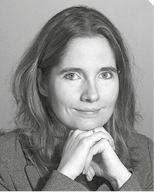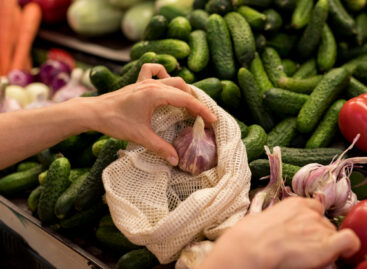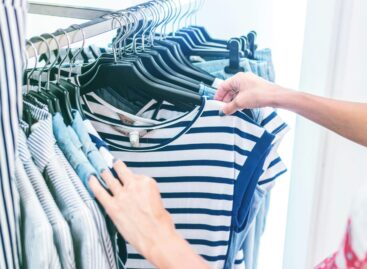Magazine: Trends of 2017 and expectations for 2018 in the Hungarian FMCG market (Part 2)
GfK Hungária Market Research Institute held its annual FMCG year evaluating conference in March – this is the second part of our report. Krisztina Bakonyi-Kovács, senior product consultant of GfK told that by 2050 about 65 percent of the world’s population will live in cities. This lifestyle favours supermarkets, drugstores and discount stores.

Krisztina Bakonyi-Kovács
senior product consultant
GfK
She added that consumers younger than 40 years like to use modern channels of retail. Data from GfK reveal that back in 2013 Hungarian households only spent 17 percent of their FMCG budget in discount supermarkets, but by 2017 this proportion increased to 21 percent. Their 2016 Shopping Monitor survey showed that shoppers have a better opinion about discount stores than before: from the 7 factors measured discount supermarkets scored better in 4 than hypermarkets, supermarkets and Hungarian-owned chains.
Based on EAN codes, GfK checked how many products households purchased in discount supermarkets in 2013, 2015 and 2017. In the case of private label products the increase was 14 percent between the first two years and 22 percent between the second and the third; with manufacturer brands the increase was 9 percent and 1 percent, respectively. Ms Bakonyi-Kovács told that the discount store channel’s share in FMCG sales was 21 percent in 2017. The biggest growth for this channel was realised by food categories. Formerly basket size and a growing shopper base were the engine of the channel’s growth, but by now it is buying frequency that contributes to it the most. Sales in discount stores augmented by 13.7 percent in 2017.
In non-food categories the market share of drugstores was 16.8 percent and discount supermarkets were at 17.1 percent. As for the below 40 age group, drugstores had a 19.9-percent non-food product market share and discounters had a 13.5-percent share. In this category hypermarkets held on to the No.1 spot, with a 26-percent general share and a 33.4-percent share among consumer younger than 40 years. Sales in the drugstore channel augmented by 7.8 percent in 2017.

Albert Szőke
senior product consultant
GfK
Albert Szőke, senior product consultant of GfK was the next speaker. He told that the number of premium private label products was growing fast, by 18 percent between 2013 and 2017. In the same period the proportion of market leader brands decreased by 8 percent. In 2017 there were 1.5 times more private label products available in drugstores than in 2013. Their number also grew in discount supermarkets, while it reduced in hyper- and supermarkets and small shops. What about the market share of private label products? Mr Szőke revealed that in the category of pre-packaged products standard and premium private labels had a combined share of 26.2 percent in 2017 – premium products were at 5.5 percent and standard products were at 20.7 percent. The market share of mainstream manufacturer brands was around 48 percent. Private label products had the biggest share, 64 percent in the discount supermarket channel, followed by drugstores at 27.1 percent.
Manufacturer brands and private labels get along well in discount stores. It has happened that a leading manufacturer brand realised sales growth in its category, but at the same time sales of the private label product also increased in the same category. Mr Szőke reckons that this could happen because the category leader made the category more visible. Based on this, it can be said that in many cases manufacturer brands and private labels aren’t competing, but cooperating with each other. //
Related news
Shoppers don’t want sustainable, but they want organic?
In Germany the proportion of people who regularly buy sustainable…
Read more >German consumers save a record amount on sustainable food
The propensity to buy sustainable products in Germany has fallen…
Read more >Retail’s share in household spending continues to fall in the EU
In 2023 spending in retail declined for the second year…
Read more >Related news
Recognition of Consumer Protection Excellence: Honoring the Best of 2024
This year’s outstanding consumer protection officers and special award recipients…
Read more >The Joy of Giving! – SPAR stores collect non-perishable food for people in need
The Hungarian Maltese Charity Service and SPAR Hungary have launched…
Read more >KSH: industrial production decreased by 0.2 percent in October
In October, the volume of industrial production fell by 0.2…
Read more >








